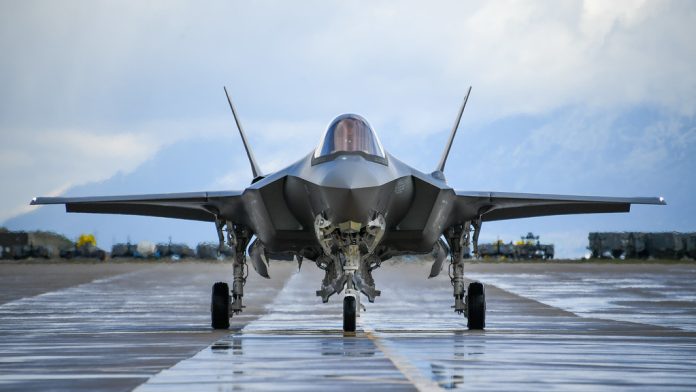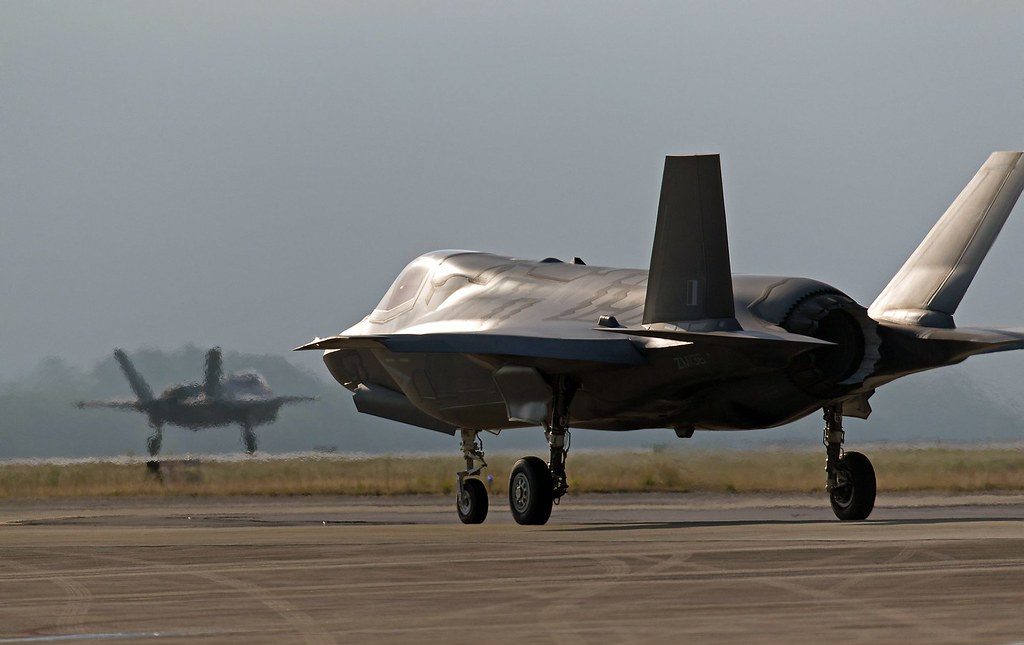
Lockheed Martin’s F-35 Lightning II has risen from prototype phases to become an iconic fixture in modern military aviation, representing the pinnacle of stealth technology and multirole capability.
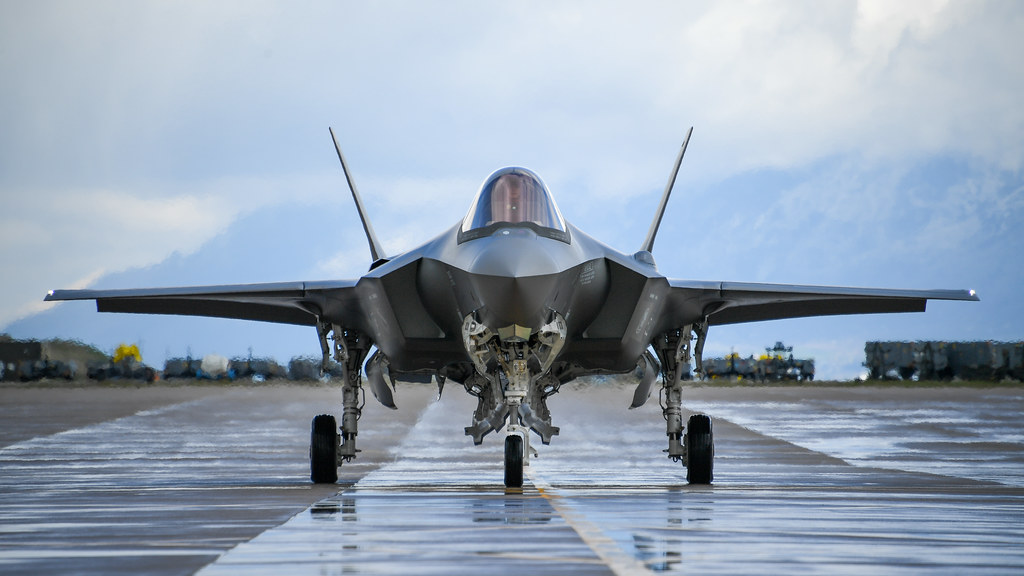
As the F-35 joins frontline squadrons across the globe, it is reshaping strategies and tactics with its unparalleled blend of stealth, advanced avionics, and network-centric warfare capabilities.

Fort Worth, Texas (Dec. 15, 2006) – The F-35 Joint Strike Fighter Lightning II, built by Lockheed Martin takes off for its first flight to test the aircraft’s initial capability at Joint Reserve Base Fort Worth. The US Defense Department and eight other allied countries have contracted Lockheed Martin as part of the Joint Strike Fighter program, which was designed to maximize efficiency and minimize the life cycle, costs of a future multi-role fighter jet. U.S. Navy photo by Mass Communication Specialist 2nd Class D. Keith Simmons (RELEASED)
To understand the evolution and significance of the F-35, we must trace its roots back to the Joint Strike Fighter (JSF) program of the 1980s and 1990s.
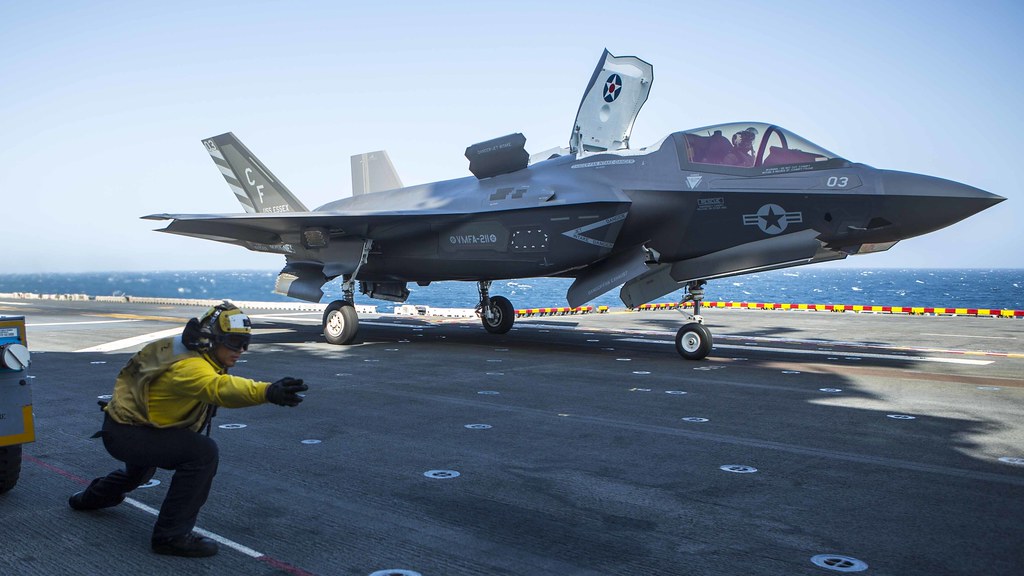
Emerging victorious from this competitive development process, Lockheed Martin’s Skunk Works X-35 laid the groundwork for what would become the F-35 Lightning II.

The U.S. military, joined by NATO members and other allies, invested heavily in the program, envisioning a fifth-generation fighter that would excel in various mission profiles, including surveillance, reconnaissance, and both air-to-air and air-to-ground engagements.
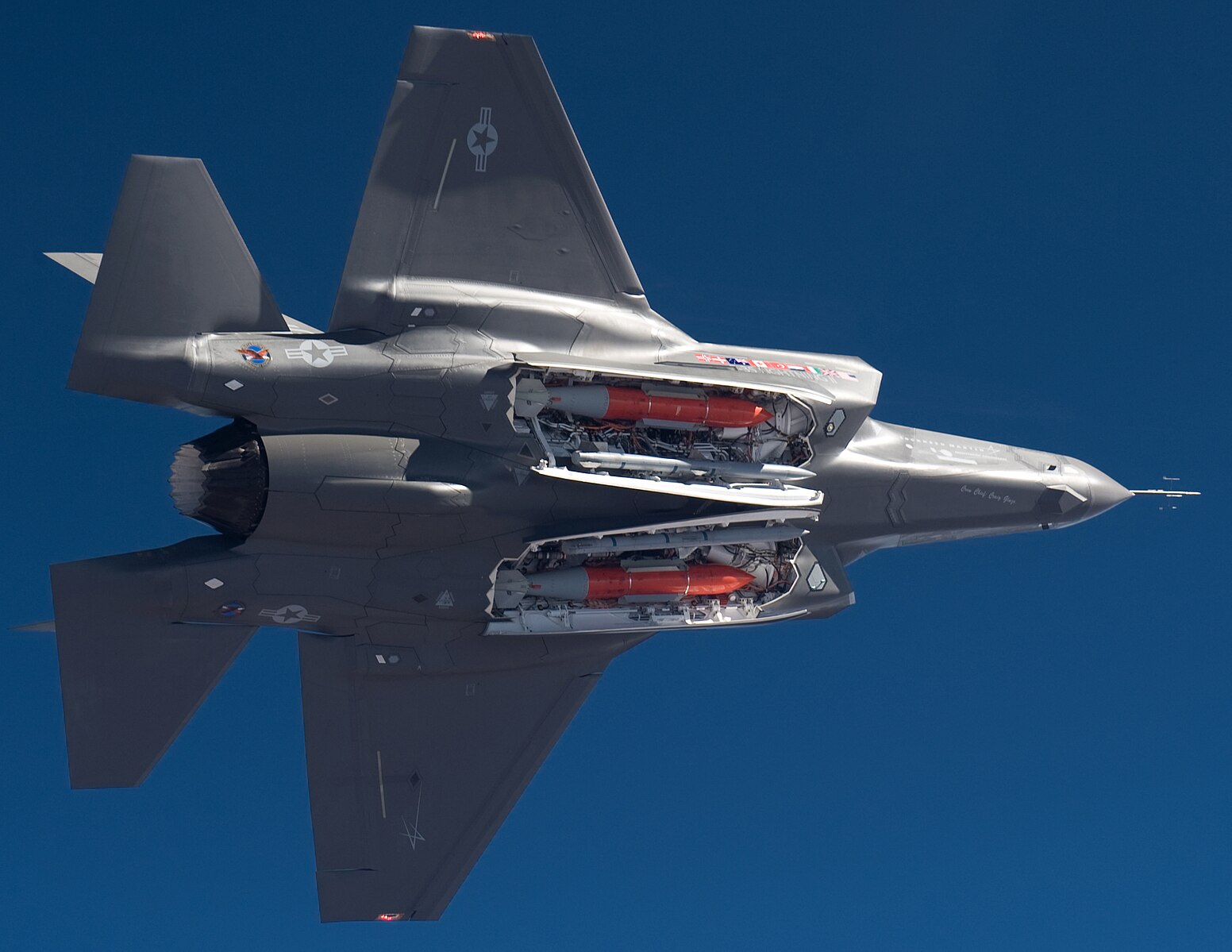
The JSF program’s fruit, the F-35 Lightning II, is a single-seat, single-engine marvel designed to operate across three primary variants: the F-35A CTOL (Conventional Takeoff and Landing), the F-35B STOVL (Short Takeoff and Vertical Landing), and the F-35C carrier variant.
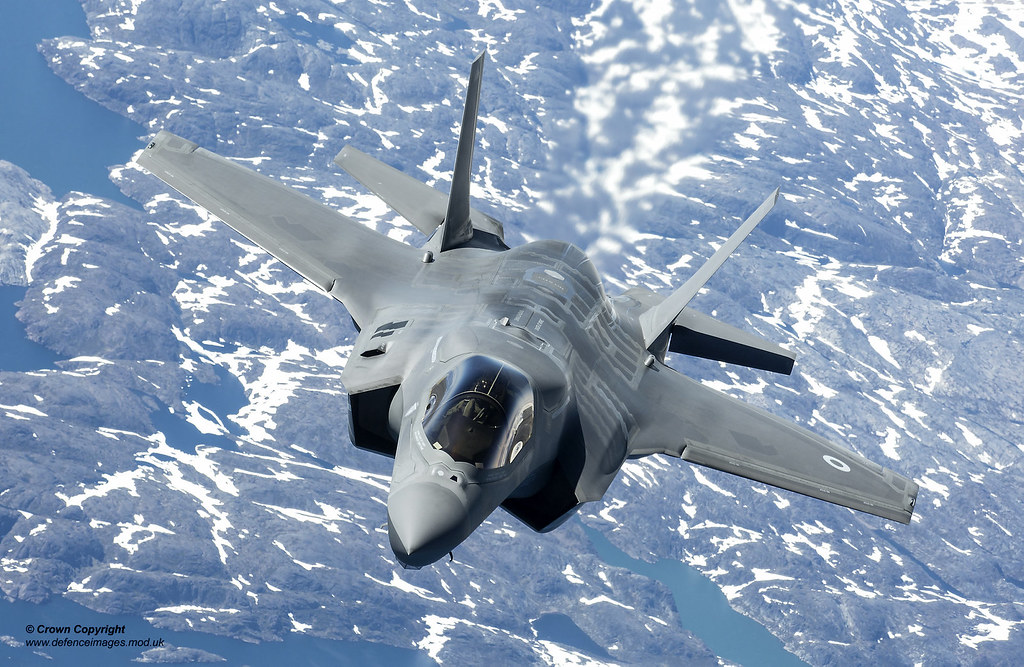
With the U.S. Air Force deploying the F-35A, the U.S. Marine Corps employing the F-35B’s unique STOVL capabilities, and the U.S. Navy integrating the F-35C’s enhanced carrier operations, the Lightning II demonstrates a level of interoperability and capability that marks a generational leap in aviation technology.
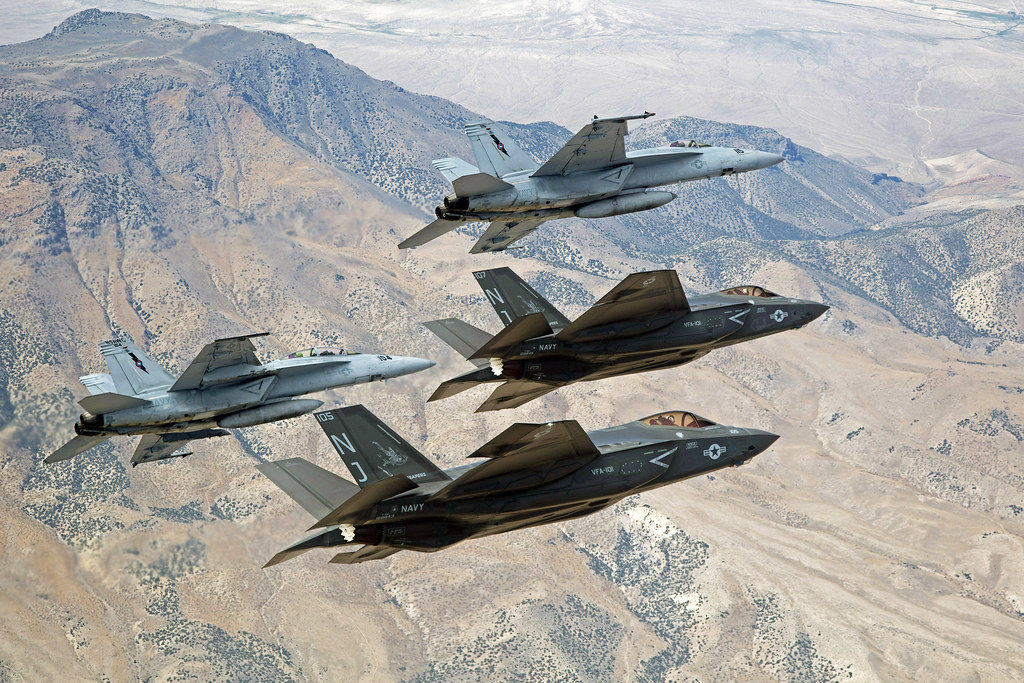
As of late, F-35 units have made their presence felt in high-profile exercises such as the U.S. Air Force’s Red Flag, where Marine Corps F-35Bs of VMFA-121 joined forces with a variety of other platforms.
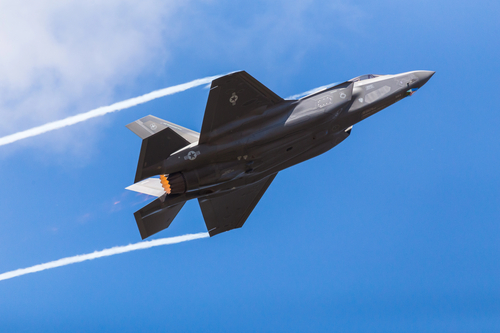
These exercises are crucial not only for honing pilot skills but also for integrating the F-35 into the larger fabric of military operations, where it works alongside legacy platforms like the F-22, F-16, and F-18.
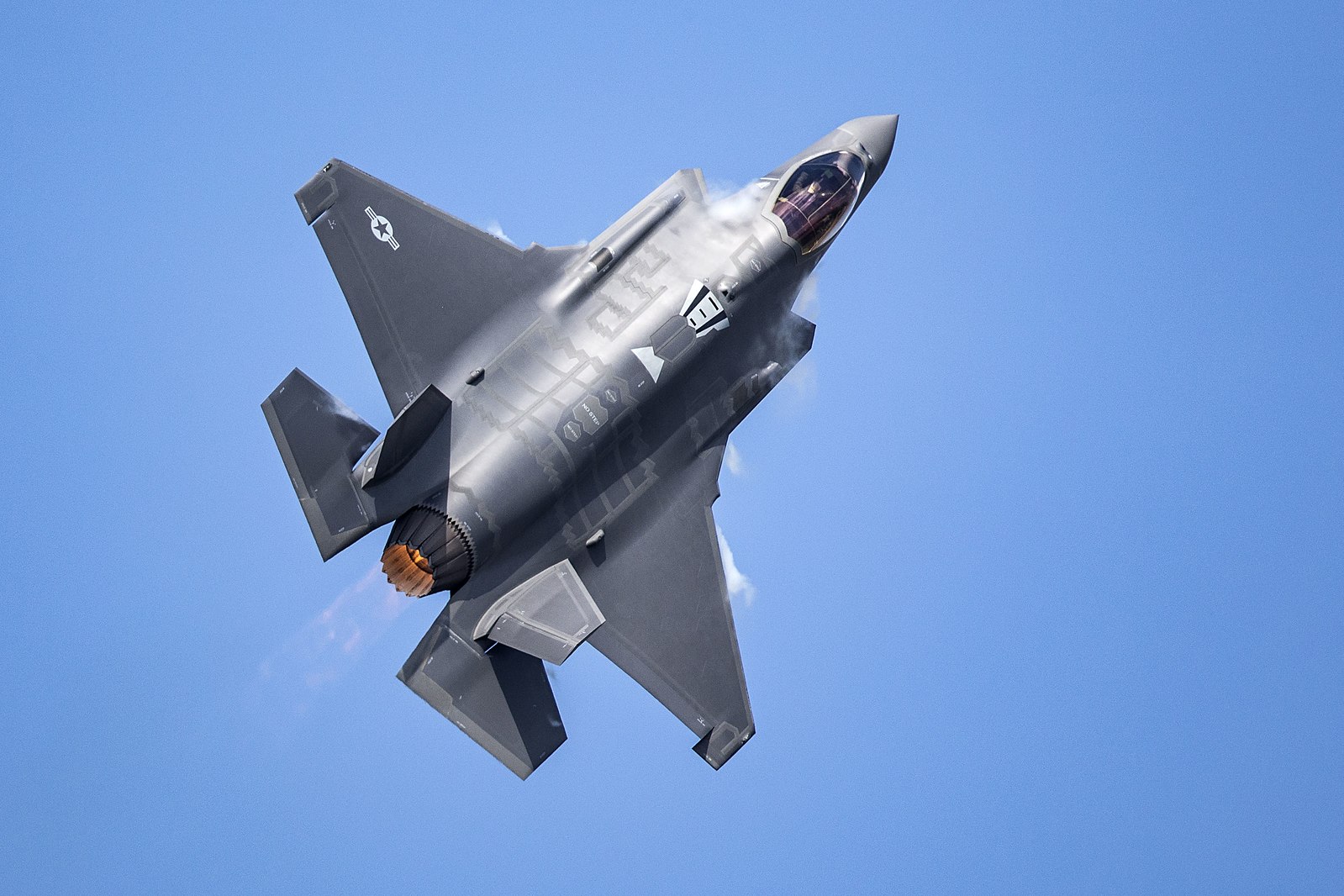
The F-35’s participation highlights its growing operational maturity and its readiness to assume a central role in future conflicts.
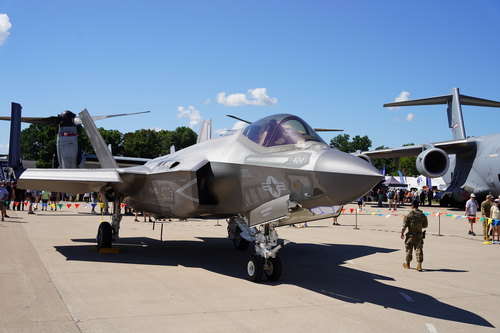
One cannot help but be awed by the Lightning II’s technological achievements. The F-35 has not been without controversy, facing criticism for delays and budget overruns.
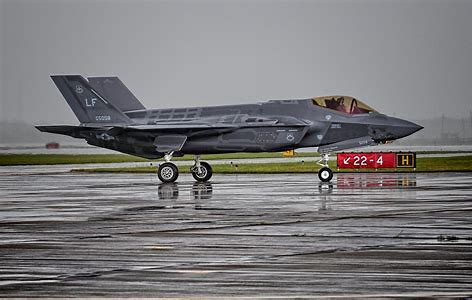
However, its capabilities in electronic attack, ground attack, and intelligence-gathering, combined with its stealth and sensor fusion, suggest an airframe that can fulfill multiple roles in modern air combat.
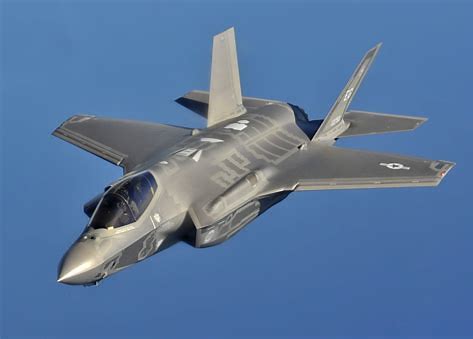
Critics argue whether the F-35 can indeed perform all the roles required of it, from dogfighting to precision strike and beyond. Proponents emphasize the aircraft’s breakthroughs, including its advanced sensor package that offers unparalleled situational awareness.

Renowned for its advanced stealth capabilities, supersonic velocities, and state-of-the-art sensor integration, the F-35 has established multiple records and reached noteworthy milestones in aviation technology.
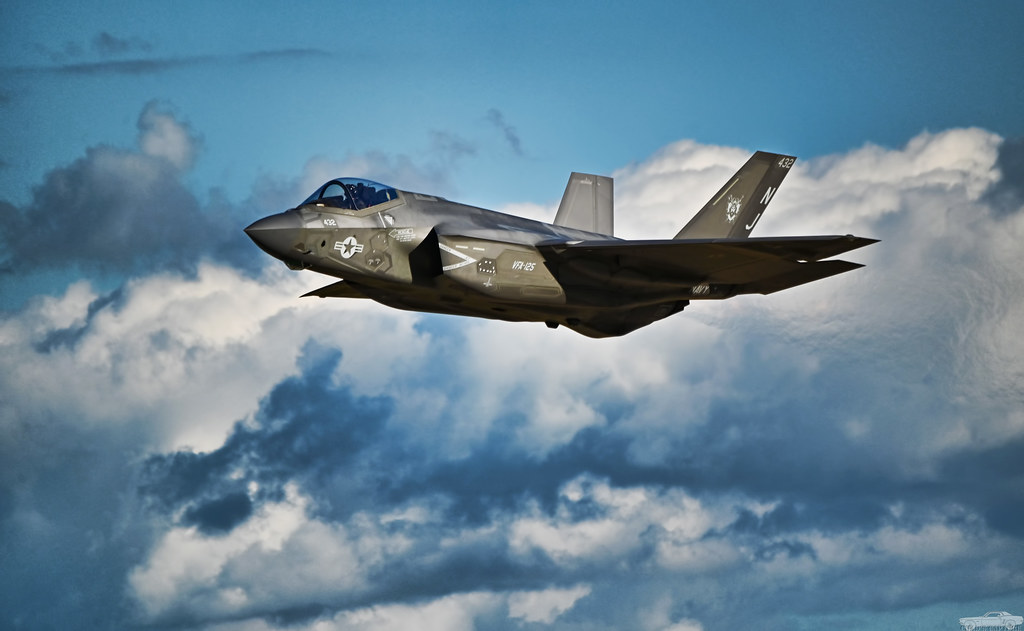
It has been instrumental in diverse missions, showcasing its supremacy in air superiority, reconnaissance, and ground attack endeavors.
Relevant articles:
– The F-35 Lightning II and 25 More Iconic Aircraft Built by Lockheed Martin, 24/7 Wall St.
– Analysis: These Are The World’s Top 5 Air Forces Equipped With F-35 Lightning II Fighter Jets, Simple Flying
– 35 Lightning II – From Balloons to Drones, From Balloons to Drones
– 35 Lightning II Premium Diecast Model Aircraft, AirModels
